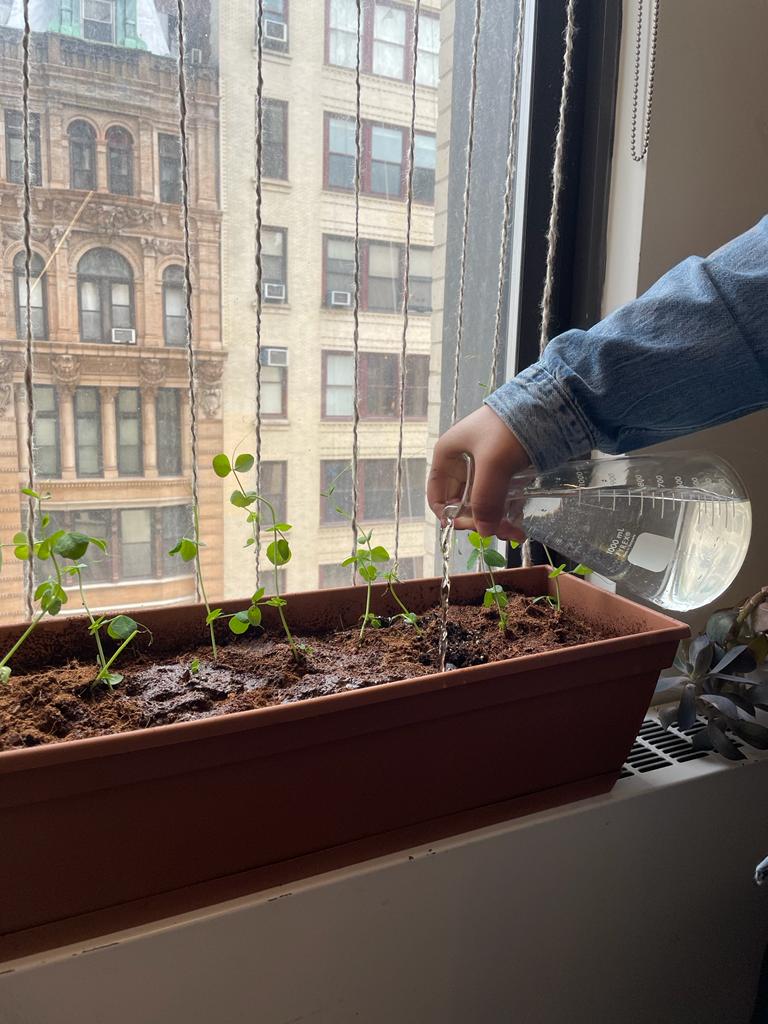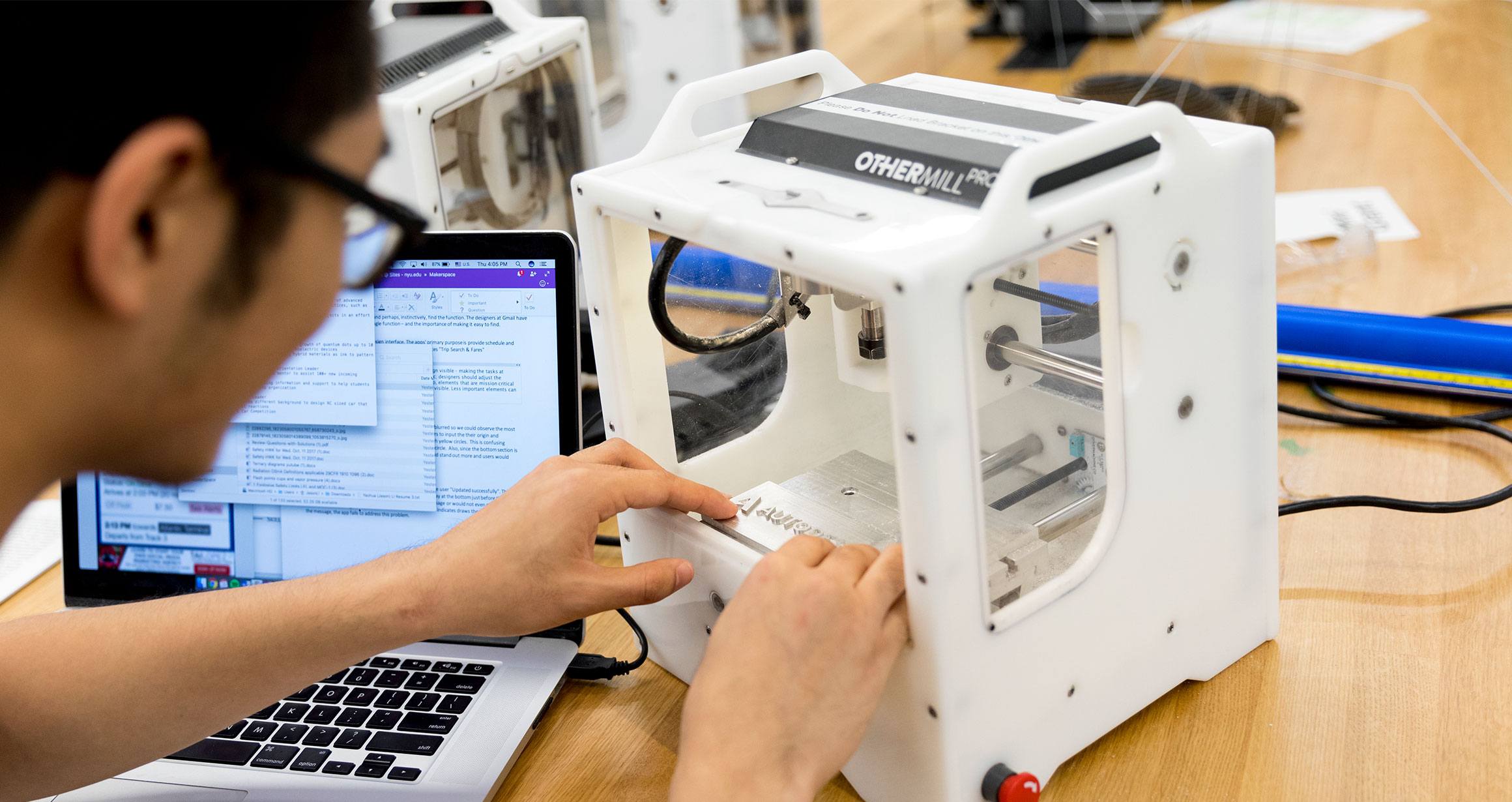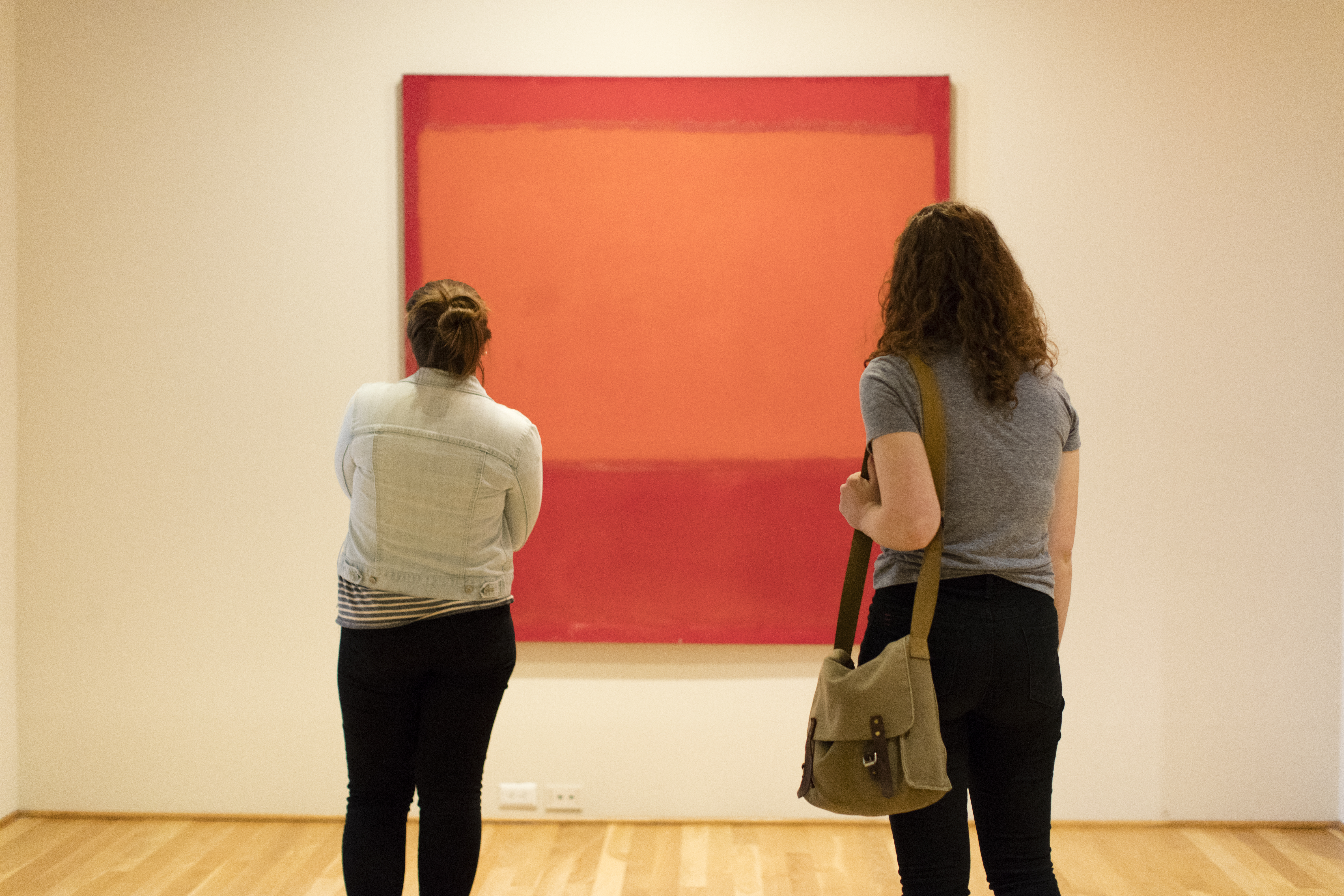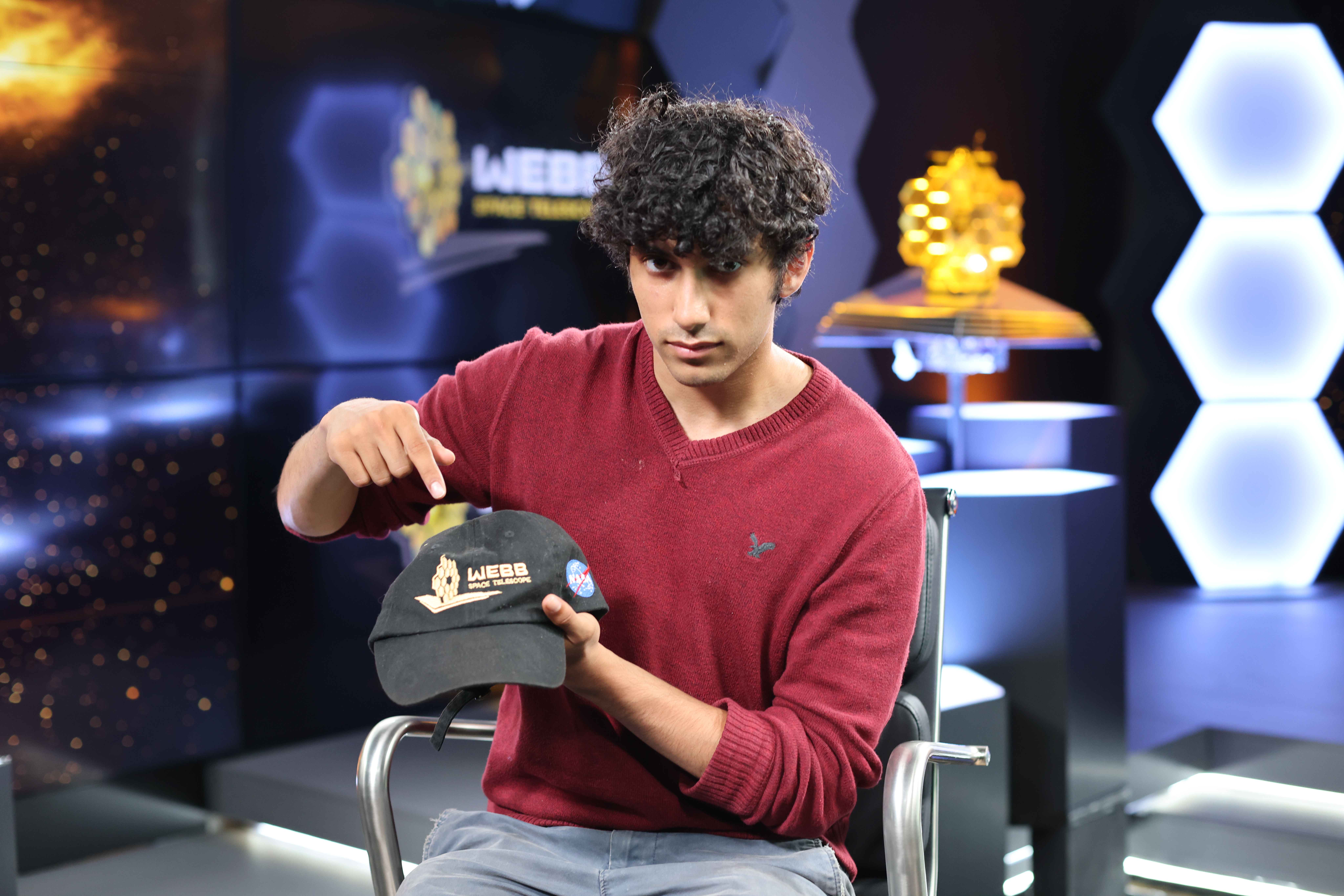
NYU prioritizes interdisciplinary creativity and innovation to help students think outside the box. In fact, at the Gallatin School of Individualized Study, this manifests in Science Technology Arts + Creativity (STAC). STAC is an immersive learning opportunity at the intersection of making, doing, and thinking that you can’t find anywhere else.
STAC supports Gallatin’s fixers, coders, makers, crafters, and designers with a wealth of valuable resources. Students, alumni, faculty, and staff can use the physical makerspace with equipment like 3-D printers, sewing machines, and button makers. Also, they can take advantage of workshops to help master skills, funds and fellowships, and much more.
“One of STAC’s core values is to make things meaningfully: asking people to pause and consider why they are building what they are, where their materials come from, how they learn to do the things they do, and how the process of making changes them,” says Cyd Cipolla. Cipolla is the associate director of STAC. “This practice is part of the very fabric of Gallatin, where our courses blend practice and theory in a variety of fields.”

Finding Community
STAC is a perfect place to collaborate with others who share your interdisciplinary creativity and drive. Whether you’re brainstorming, tackling a class project, or working together on a STAC initiative like the Gallatin Garden, there are many ways to collaborate. After joining STAC programs during their first year at NYU, Gallatin junior Sam de Alfaro found a home among several different STAC programs.
First Sam joined the STAC Research Team, then the Gallatin Garden. Also, Sam is the editor in chief of STE(A)M Zine, STAC’s student-led publication. Students publish the zine each semester. What’s more, it features student work at the intersection of science, technology, engineering, arts, and mathematics. “Our goal is to chart connections between the concentrations of STEAM-involved students at Gallatin as a way to form community,” they explain.

Get Involved
Joining STAC is as easy as signing up for a training, and there’s no limit to what you can create once you do. Sam agrees that STAC is a special part of the Gallatin experience. “By being around students who share a similar passion for fixing and creating, I’ve been inspired to learn new skills and push myself to create new things,” they say. “Having this community of tinkerers around me has been a truly wonderful experience.”



